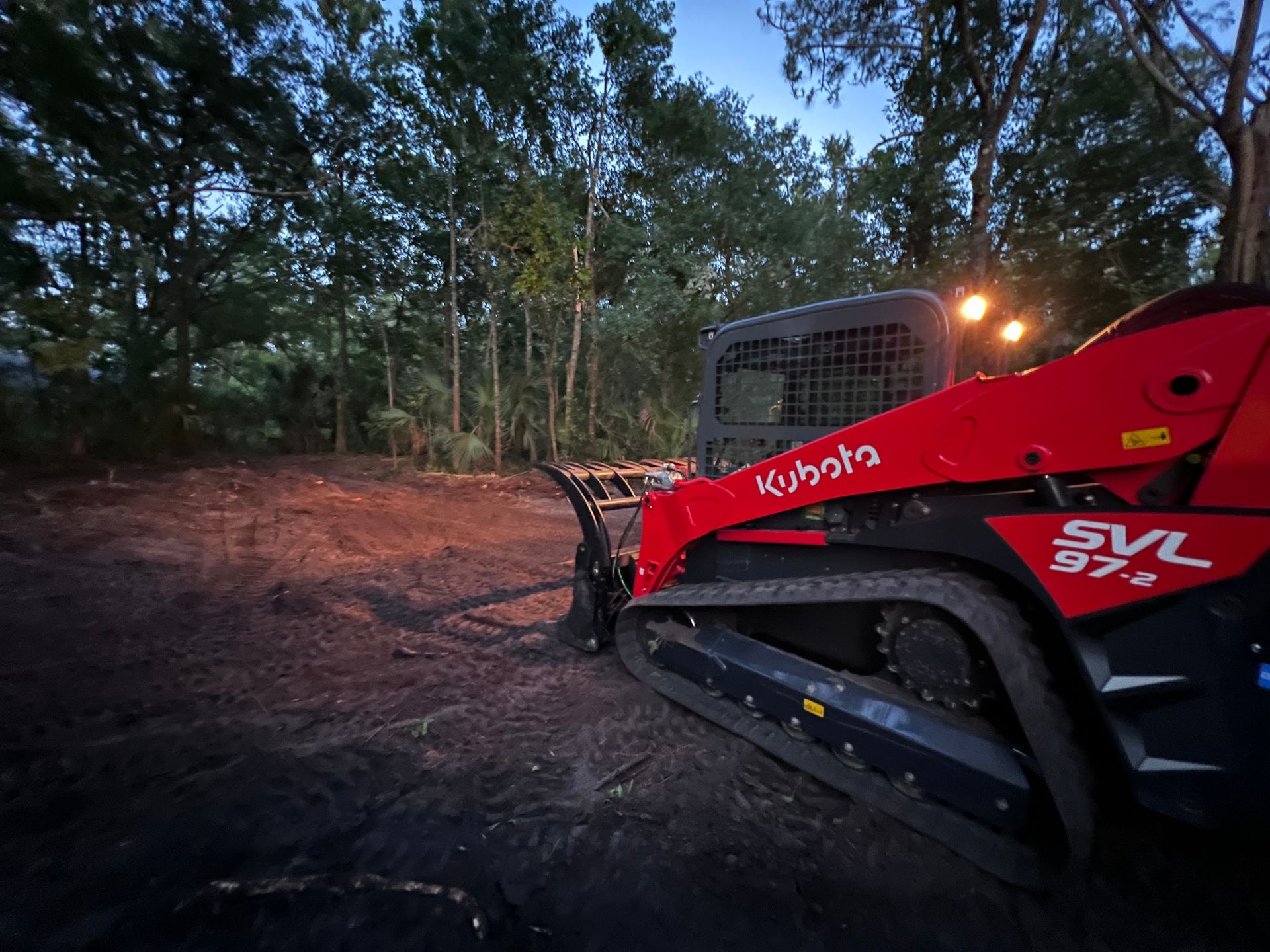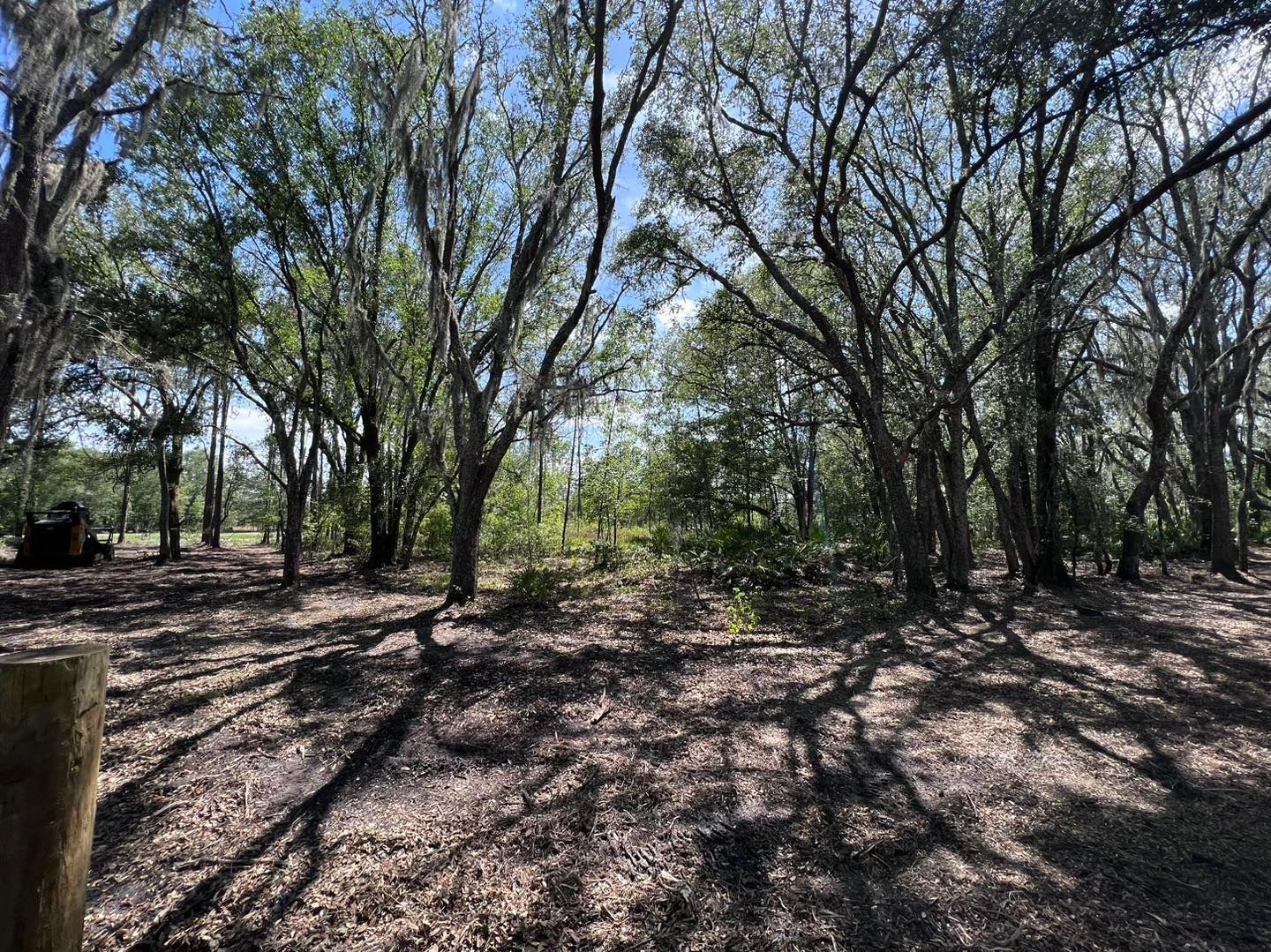The Hidden Costs of Undercharging
Mack Guilarte • February 20, 2025
How Rookie Companies Are Impacting the Industry
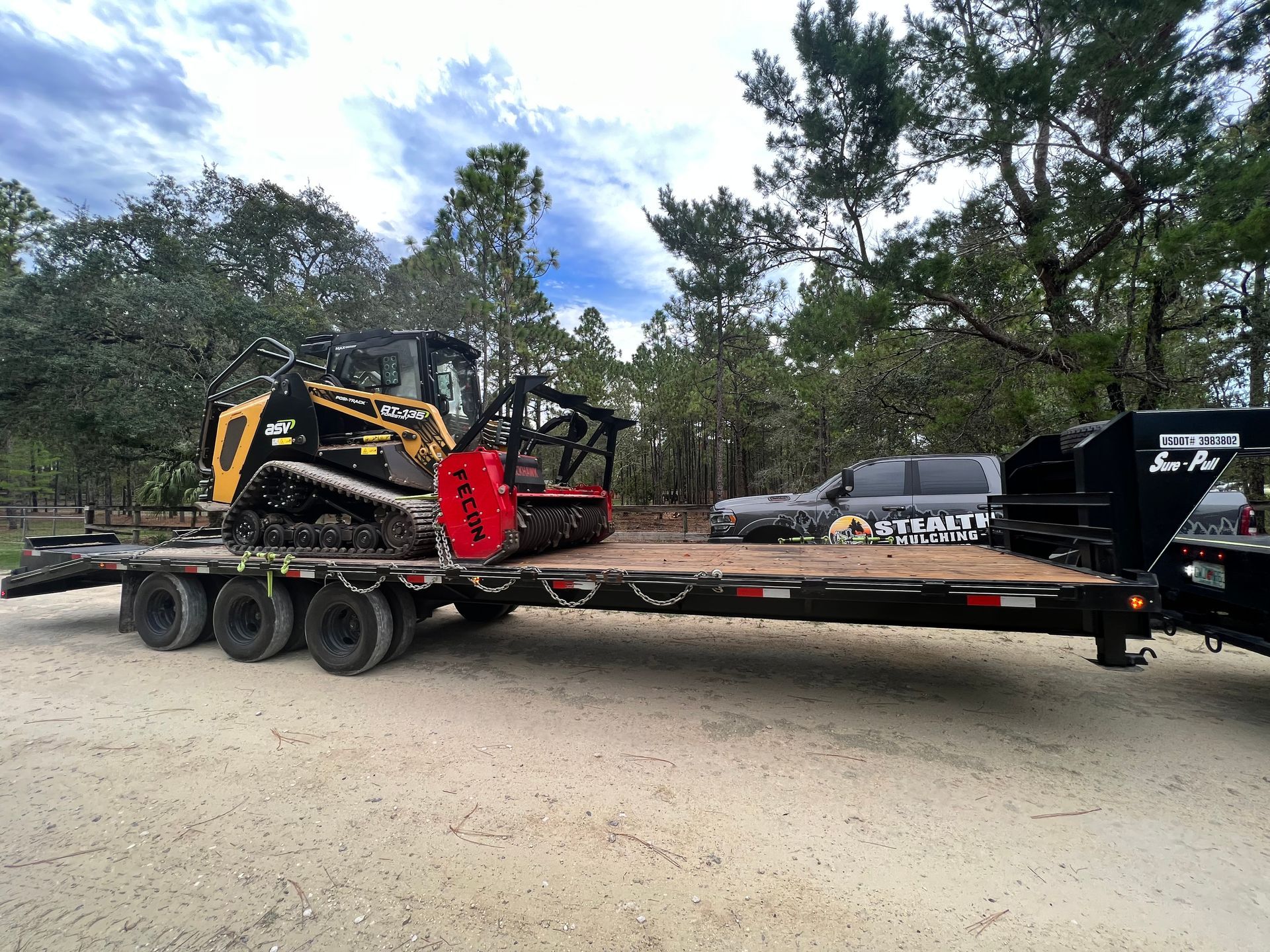
The Hidden Costs of Undercharging: How Rookie Companies Are Impacting the Industry
In the landscaping and land clearing industry, pricing is more than just a number—it reflects the value of service, expertise, and sustainability. However, a troubling trend has emerged with new companies entering the market: undercharging. While this might seem like a savvy way to attract clients, it's a practice that is not only unsustainable but detrimental to the industry at large.
#### The Problem with Undercharging
New companies often lack the experience and knowledge needed to determine appropriate pricing. By setting rates far below the industry standard, typically around $2,500 per acre, they inadvertently skew market expectations. This practice can have numerous negative repercussions:
1. **Lack of Industry Knowledge:**
- Many rookies entering the market don't fully understand the comprehensive costs involved in running a landscaping business—from equipment maintenance and fuel costs to labor and liability insurance. This lack of awareness leads them to set prices that cannot sustain a business long-term.
2. **Unsustainable Business Models:**
- By undercharging, these companies fail to generate enough revenue to cover their operational expenses. Consequently, they often struggle financially, quickly burning through their resources and eventually being forced to sell their equipment or declare bankruptcy. This transient presence in the market creates instability.
3. **Impact on Established Companies:**
- Established businesses with a deep understanding of industry rates and sustainability factors are pressured to compete against these misleadingly low prices. This dynamic can tarnish the perception of their fair pricing as clients—ranging from homeowners to government agencies—come to expect deflated rates.
#### The Long-term Benefits of Proper Pricing
For discerning clients, the seemingly higher upfront cost of working with experienced providers quickly justifies itself through long-term benefits:
1. **Reliability and Longevity:**
- Companies that charge appropriately are more likely to remain in business for years, providing reliable service and support. Clients investing in such companies can trust in their ongoing availability and commitment.
2. **Quality and Safety:**
- A realistic budget allows for adequate staffing, safer operations, and quality results. Companies can allocate time and resources to ensure a job is completed to the highest standards, with contingency plans in place if additional work is required.
3. **Investment in Equipment and Expertise:**
- Sustainable pricing allows companies to invest in modern equipment and ongoing training, ultimately benefiting clients with efficient and effective land management solutions.
#### Educating the Market
As an industry, it is essential to educate potential clients about the risks associated with opting for significantly lower bids. Highlighting the importance of sustainable pricing models not only protects their investment but also ensures the viability of quality companies that add genuine value to the market.
#### The Path Forward
To address this issue, industry professionals must advocate for transparency and education. Networking, workshops, and client communication can help change how pricing is perceived and encourage clients to understand that you get what you pay for. A shift toward value-based decisions will benefit clients and maintain a robust, healthy industry.
By recognizing the long-term detriments of undercharging and the necessity of fair pricing, the industry can move towards a model where all participants thrive.
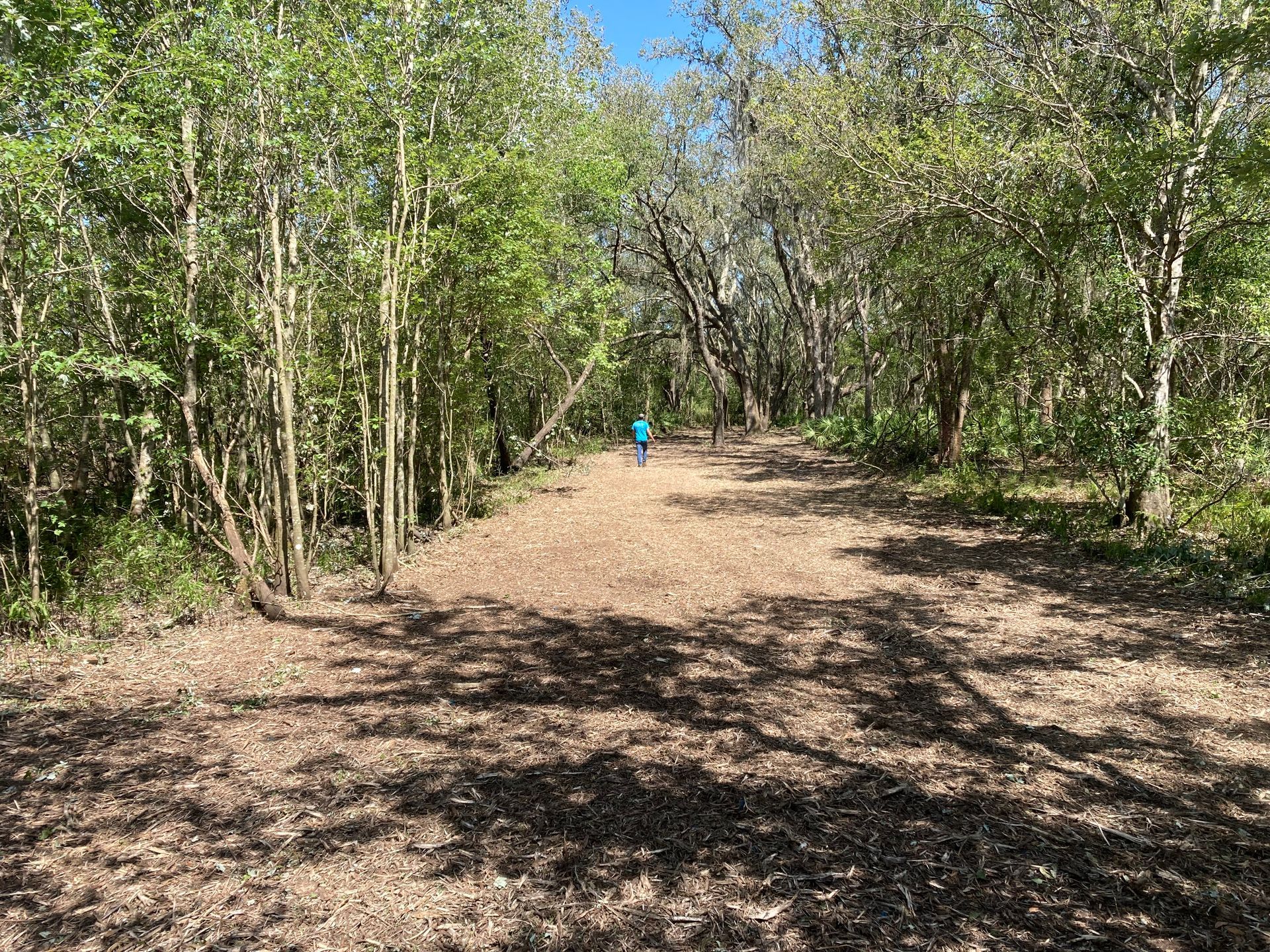
At Stealth Mulching, we recognize the importance of crafting fencing solutions that cater to specific agricultural needs. Our team works closely with clients to understand their operational challenges and craft fences that provide optimal security and functionality. - **Custom Designs:** Tailored fences that meet the specific requirements of your land and agricultural practices, ensuring compatibility with different types of crops or livestock. - **Material Selection:** We use high-quality materials that offer resilience and longevity, suitable for the hot and humid climate of Florida. - **Local Expertise:** With extensive experience in towns like Brooksville, Zephyrhills, and Lakeland, our solutions reflect both knowledge of local conditions and adherence to regulatory standards. #### Successful Projects in Central Florida 1. **Livestock Fencing in Brooksville:** We designed a robust fencing solution for a cattle operation, ensuring secure pastures and effective livestock management. 2. **Crop Protection in Zephyrhills:** Our team implemented fencing for a vegetable farm focused on keeping out local wildlife while maintaining aesthetic appeal. 3. **Boundary Solutions in Lakeland:** Demarcating large property parcels to improve management efficiency without compromising on accessibility or usability. #### Partnering with Stealth Mulching By choosing Stealth Mulching for your agricultural fencing needs, you gain a partner committed to excellence in design, execution, and aftercare. Our commitment to using advanced techniques and quality materials means your investment is protected for the long term. Secure your land effectively with agricultural fencing that supports your operational goals and enhances property security. Contact Stealth Mulching today to discuss how we can assist with your fencing needs across the Dade City region and its surroundings.
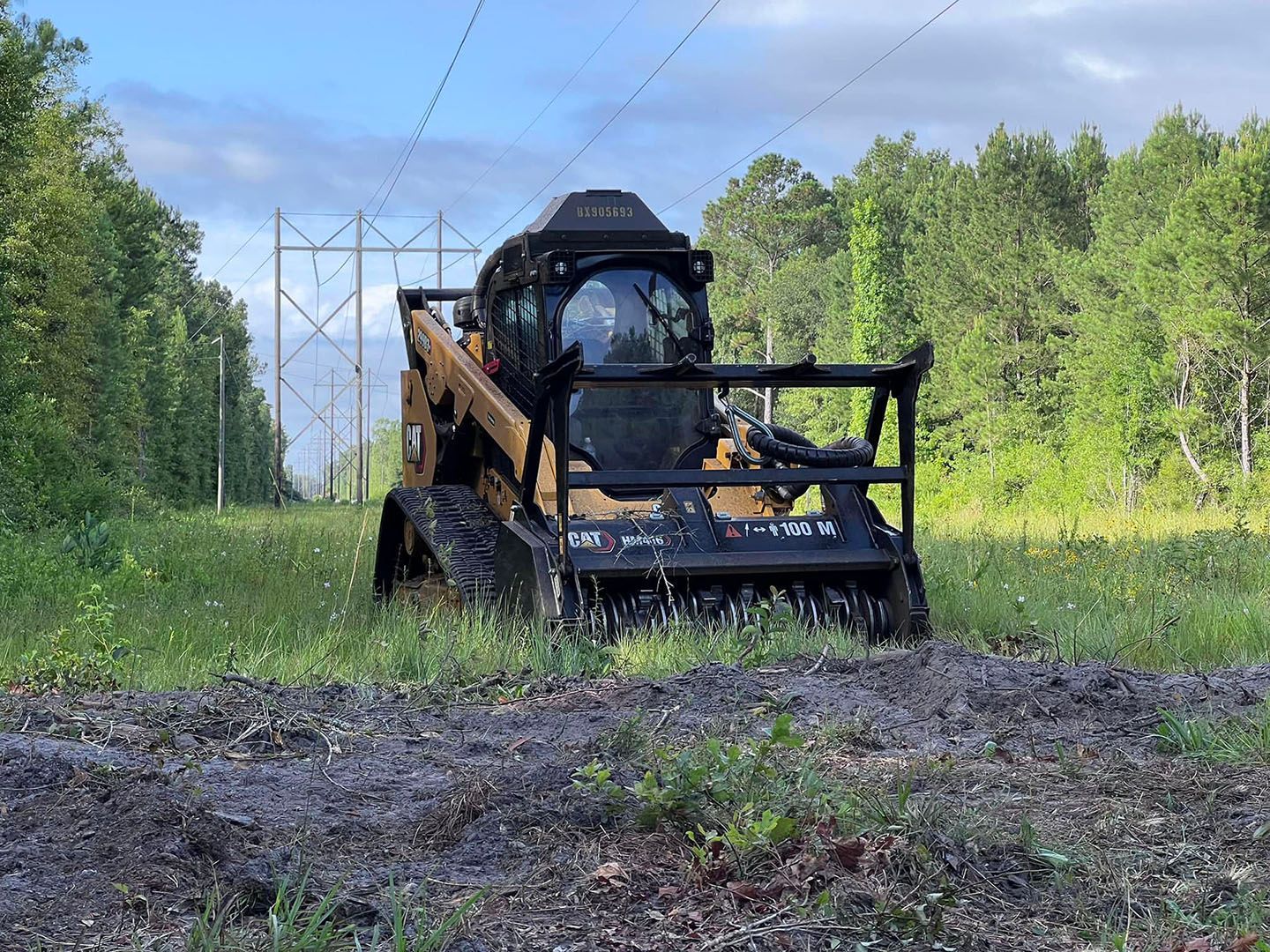
Understanding the True Value: Why Price Matters in Hiring a Forestry Mulching Contractor Choosing the right mulching contractor is a critical decision for managing your land effectively. While it might be tempting to choose the lowest-priced option, it’s essential to appreciate the broader implications of price in the context of forestry mulching services. Here’s an in-depth look at why price is crucial and how it intertwines with key factors such as expertise, equipment quality, insurance, safety, and long-term value. #### Expertise: The Cornerstone of Quality One of the most significant reasons price matters is the expertise that comes with a higher cost. Experienced contractors have spent years refining their skills, learning the nuances of land management, and understanding environmental impacts. They bring a depth of knowledge that ensures your project is handled with care and precision. With every decision rooted in experience, these professionals can anticipate potential challenges and solve problems effectively, ensuring that your land is mulched in a manner that aligns with conservation goals and sustainability practices. #### Quality of Equipment: Ensuring Sustainability High-quality equipment is essential for achieving the best possible results in forestry mulching. Advanced machinery not only increases efficiency but also reduces the environmental footprint by minimizing ground disturbance compared to traditional methods. Contractors who invest in the latest technology demonstrate their commitment to excellence and sustainability—a factor that often reflects in the price. This investment ensures that they can clear land quickly, safely, and with minimal impact on the surrounding ecosystem. #### Comprehensive Insurance: Peace of Mind and Protection Good insurance coverage is a hallmark of a reputable mulching contractor. With workers' compensation and general liability insurance, the contractor protects both their team and your interests. Should an incident occur, comprehensive insurance prevents you from being exposed to legal liabilities or financial losses. In an industry where accidents, although infrequent, can happen, having protection is invaluable and often worth the extra cost. #### Attention to Safety: Minimizing Risks Safety is paramount in forestry mulching, where operators work with powerful equipment in challenging environments. Experienced contractors emphasize rigorous safety training, ongoing education, and strict adherence to safety regulations. This focus on safety not only protects workers but also minimizes the risk of damage to your property or interruptions to the project. Properly managed safety measures are part of delivering a quality service, underscoring why choosing a budget option may lead to unintended consequences and costs later. #### Superior Customer Service: Building Trust and Communication Price should also reflect the quality of customer service you receive. A contractor who charges more is likely investing in better communication, building stronger client relationships, and ensuring that your expectations are met at every stage of the project. Superior customer service involves providing detailed project plans, updating progress regularly, and addressing concerns promptly, ensuring that your experience is as seamless and satisfactory as possible. #### Long-Term Value: Beyond Immediate Costs When you invest in a higher-priced mulching service, you’re often paying for long-term value. Professional contractors plan strategically for your land, considering future growth, environmental impacts, and maintenance needs. This foresight reduces the need for frequent interventions, saving you money over time and contributing to the health and usability of your land in the long run. #### Environmental Responsibility: Operating with Integrity Lastly, the price can often signify a contractor’s commitment to environmental responsibility. Paying more for a contractor who follows environmentally-friendly practices ensures that your land is treated with respect and that all practices align with sustainability goals. Environmentally-conscious operations not only improve the health of your land but are also pivotal in contributing positively to broader ecological systems. #### Conclusion: Investing in Excellence with Stealth Mulching Choosing Stealth Mulching means investing in a company that values expertise, quality, and customer satisfaction above all. Our commitment to using advanced equipment, adhering to the highest safety standards, and emphasizing environmental responsibility ensures that your project is not only successful but also sustainable. We believe that while price is a factor, the value it represents is the most meaningful determinant of the quality and integrity of the service you receive. Contact us today to discuss how we can make your land management goals a reality with a service that honors both your budget and your land’s unique needs.


